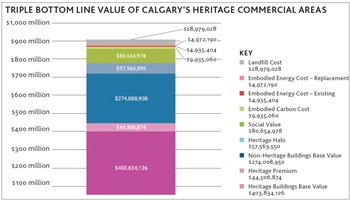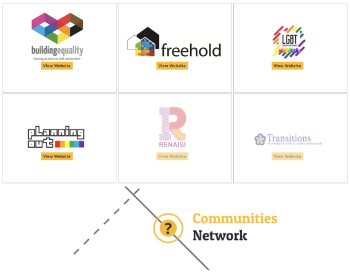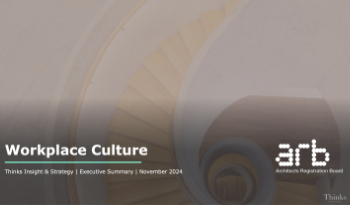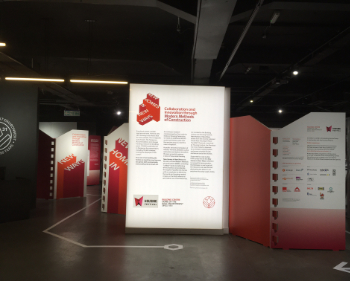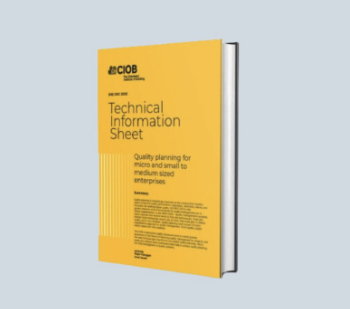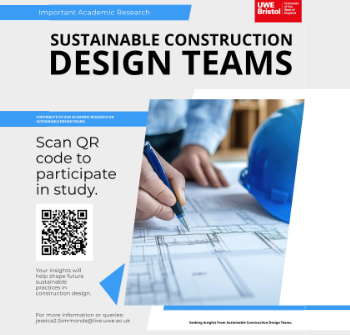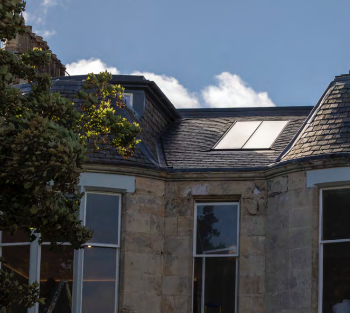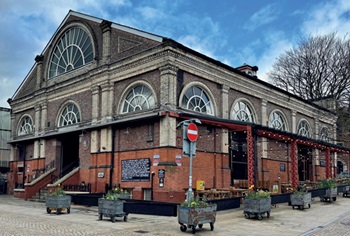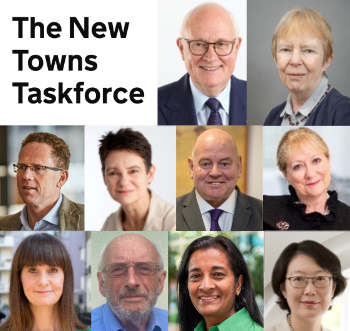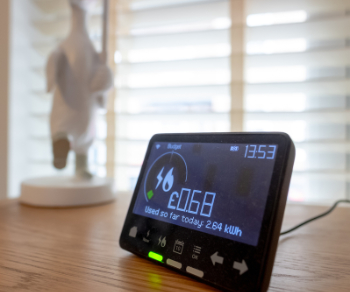BSRIA expects fast growth in Power over Ethernet applications

|
Contents |
[edit] Introduction
A newly-published market briefing from BSRIA on Power over Ethernet (PoE) global trends shows that worldwide PoE shipments are expected to grow at a compound annual growth rate (CAGR) of around 11-13% until 2023, exceeding 180 million ports sold yearly by the end of the period.
[edit] A common infrastructure
PoE growth is being driven mainly by the convergence of several technology and socio-political trends, including smarter buildings, higher levels of energy efficiency, greater mobility, the upsurge of IoT, energy and building regulations, the so-called Industry 4.0 and the massive adoption of LEDs.File:R8PWGr TD9F62DC8 W456
Power over Ethernet has the potential to address all the challenges that the above-mentioned trends pose, as it provides a common infrastructure which can power, control and converge most building systems (lighting, CCTV cameras, wireless access points, VoIP phones, access control, fire detection systems, intruder alarm systems, audio and video, lifts…), all within a common network.
PoE is a low-voltage direct-current platform, able to power each device with native power, eliminating the need for inverters and transformers for each device, while drastically reducing the risk of fire and electric shocks.
Among many other advantages, PoE is also brand-agnostic, is compatible with a vast and growing array of devices, uses one universal connector (RJ45), and simplifies installations (as only one low-voltage cable is required per device).
[edit] Lighting
The commercial building lighting control market is experiencing a period of rapid transformation.
The shift from fluorescent to LED lights in the commercial market is triggering the replacement of analogue lighting controls by more scalable and reliable digital lighting controls that can operate over a wired or wireless infrastructure. The rising efficiency levels of Light Emitting Diodes (LEDs) together with the increasing power delivered by PoE switches (90W) has broadened the spectrum of PoE applications, making it possible to power and control the entire lighting system of (almost) all types of premises.
There is growing interest in IP-based lighting systems, and awareness of PoE lighting systems is on the rise. Adoption rates are expected to double on an annual basis over the coming years (although from a very low base), due to the wide range of advantages that PoE-based systems bring for new built and large-scale refurbishment projects.
According to Martin Chiesa (BSRIA Senior Consultant): “PoE is at the core of the concept of Smart Buildings and Digital Ceilings, where a number of current and future IoT devices (wireless access points, CCTV cameras, sensors of all sorts, lighting, fans, heat recovery units etc.) are powered, controlled and converged based on a common infrastructure, using low voltage DC native power, increasing energy efficiency, reducing fire and health hazards and generating valuable data about energy consumption, building and assets utilisation.”
To find out more about this study, call BSRIA on 01344 465 540 or e-mail bsria.co.uk wmi@bsria.co.uk
- EMEA sales enquiries: BSRIA UK: bsria.co.uk wmi@bsria.co.uk ¦ +44 (0) 1344 465 540 www.bsria.com/uk
- America sales enquiries: BSRIA USA: bsria.com sales@bsria.com ¦ +1 312 753 6800 www.bsria.com/us
- China sales enquiries: BSRIA China: [mailto:bsria@bsria.com.cn bsria@bsria.com.cn] ¦ +86 10 6465 7707 www.bsria.com.cn
[edit] Contact Worldwide Market Intelligence
File:NzqVJr TF72CEA56 W248 H248 CP1For more information contact our main UK office on : t: +44 (0) 1344 465540 or e: wmi@bsria.co.uk
[edit] About this article
This article was written by BSRIA and previously appeared on its website in January 2020. It can be accessed HERE.
Other articles by BSRIA on Designing Buildings Wiki can be accessed HERE.
[edit] Related articles on Designing Buildings
- All-Internet Protocol.
- Bluetooth.
- Building information modelling.
- CAT5.
- Common data environment.
- Computer aided design.
- Computer aided manufacturing.
- Computers in building design.
- Extranet
- Global Unique IDs (GUIDs).
- ICT and Automation (ICTA) Scoping Study Report.
- In-building wireless.
- Information and communications technology.
- Internet of things.
- Local area network.
- Power over ethernet.
- Project extranet.
- Smart buildings.
- Smart cities.
- Wi-Fi.
- WiredScore.
--BSRIA
Featured articles and news
Comfort is a crucial missing piece of the puzzle.
Heritage conservation in Calgary
The triple bottom line.
Building Peoples Network of Networks
Amplifying voices and giving support to people from diverse and under-represented groups in construction.
Experiences of discrimination and sexual misconduct rife
Reveals ARB research into architectual workplace culture.
About the 5 Percent Club and its members
The 5% Club; a dynamic movement of employers committed to building and developing the workforce.
New Homes in New Ways at the Building Centre
Accelerating the supply of new homes with MMC.
Quality Planning for Micro and Small to Medium Sized Enterprises
A CIOB Academy Technical Information sheet.
A briefing on fall protection systems for designers
A legal requirement and an ethical must.
CIOB Ireland launches manifesto for 2024 General Election
A vision for a sustainable, high-quality built environment that benefits all members of society.
Local leaders gain new powers to support local high streets
High Street Rental Auctions to be introduced from December.
Infrastructure sector posts second gain for October
With a boost for housebuilder and commercial developer contract awards.
Sustainable construction design teams survey
Shaping the Future of Sustainable Design: Your Voice Matters.
COP29; impacts of construction and updates
Amid criticism, open letters and calls for reform.
The properties of conservation rooflights
Things to consider when choosing the right product.
Adapting to meet changing needs.
London Build: A festival of construction
Co-located with the London Build Fire & Security Expo.
Tasked with locating groups of 10,000 homes with opportunity.
Delivering radical reform in the UK energy market
What are the benefits, barriers and underlying principles.









